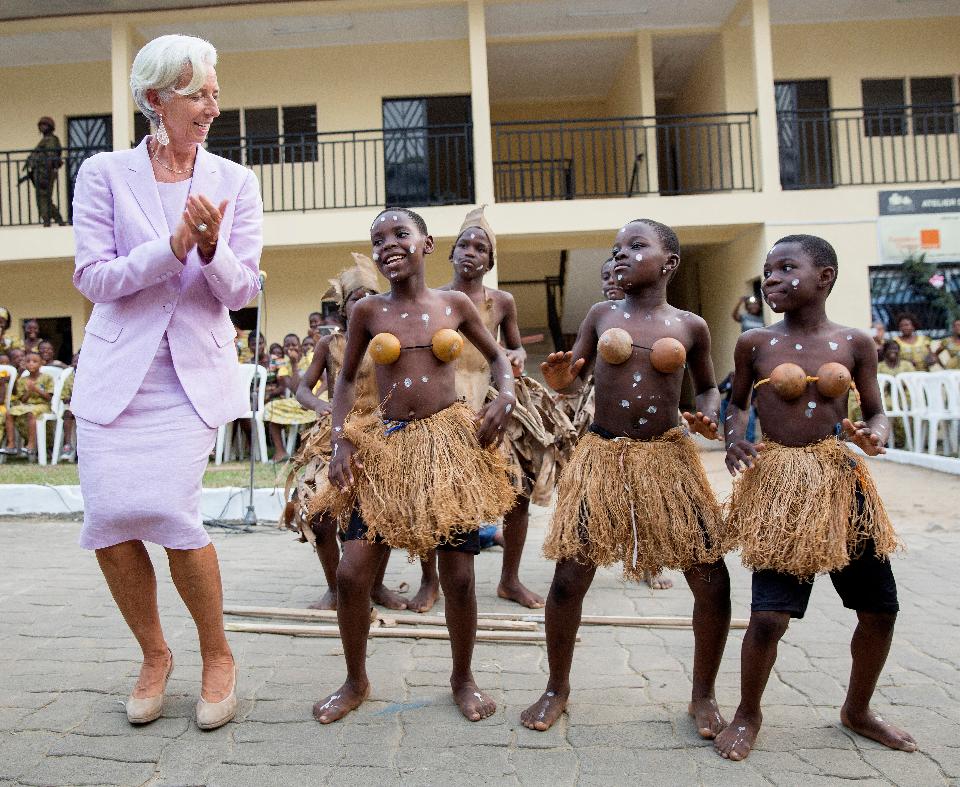For the past three weeks, most of the news coming from Africa has been negative. Dramatic images of terrorist attacks in Ivory Coast and Mali played out on TV, as did national elections in Niger, Benin and Congo, held in a climate of popular resentment and very low turnout.
However, this is only the tip of the iceberg for Africa. Since 2011, a far more important event happened that hardly anyone noticed. For the first time since the 1960s, the amount of privately held debt of African nations exceeded the amount of publicly held debt.
In short: Africa’s burden has mostly gone private.
According to “The Economist” forecast , around $150 billion were owed to private creditors in 2015, whereas official creditor’s owed $ 145 billion.
This has real implications for a continent that will have to rely more and more on debt to finance its development in a context where Oil and Gas prices are soaring. For years, Africa mostly dealt with multilateral organizations such as the World Bank and the IMF. These were the institutions lending money, and imposing macro-economic reforms, sometimes at an excruciating cost for poor countries. However, these are institutions where dialogue can be opened in times of crisis, since they are –supposedly- here for the long term.
But the world financial crisis of 2008-2009 changed most of this conversation.
Private lenders were seeking returns in a world no longer able to deliver them, and African countries were looking for money “no questions asked”, which private creditors were keener to provide then official creditors.
Big private funds naturally turned to Africa and started lending money or re-buying debt, hoping to make a bigger profit in these “Frontier” markets less heavily contaminated by the subprime mortgage crisis. In the meantime, emerging countries such as China, Russia and Brazil, once considered the new rising stars of Africa’s business, also had to deal with their own economic slowdown and backed down on their investments.
On the other hand, the World Bank and the IMF had to get involved very heavily in southern Europe to bail out Greece, Spain, and Italy. Their assets partly dried up, whereas private funds’ money was pouring into Africa.
Now, with the dramatic decrease of oil and mining prices and uncertainty on currency fluctuations, African countries relying on extractive industries face an impossible macroeconomic dilemma.
Do they use their financial reserves in keeping the social consensus at home, or do they repay their debts? How would those countries act if they were to face a default on their debt held by private lenders?
Some countries such as Angola, Kenya and Zambia are already facing major financial stress and are looking at refinancing their debts in order to buy some time, but this strategy can only work in the short term. Thus, the shadow of an Argentinian-style macro economic crisis due to payment default seems like a possible scenario that no one can rule out.
In the long term, the situation can only become sustainable if major reforms are undertaken rapidly to diversify Africa’s economy to make it less reliant on commodity and more on industry and trade. The continent also needs to boost regional integration in order to ease inter-African trade. Most analysts agree that this dual approach can produce results that will ease the pressure on the African economy over the next two years. However, the strategy needs time, and people have urgent needs.
To reconcile those two extremes, awareness of macroeconomic dangers needs to be communicated loudly in Africa. A collective effort must be undertaken to take steps that will prevent 2016 from becoming The Year of All Dangers for the continent.

